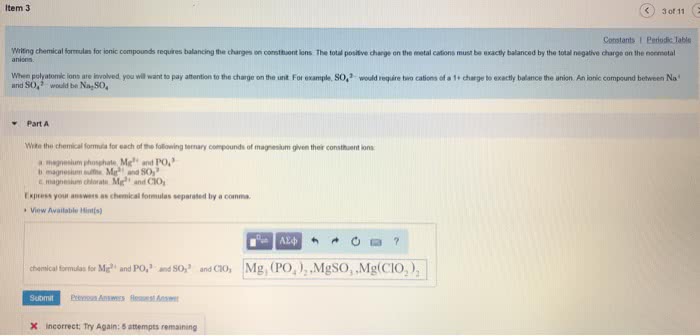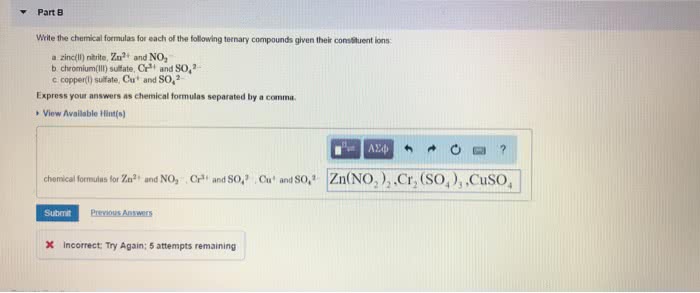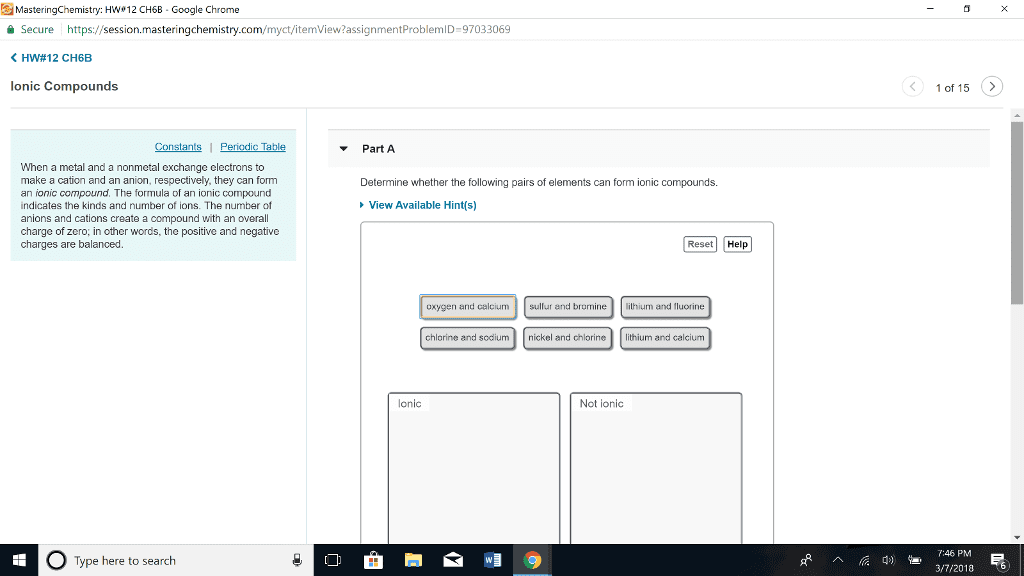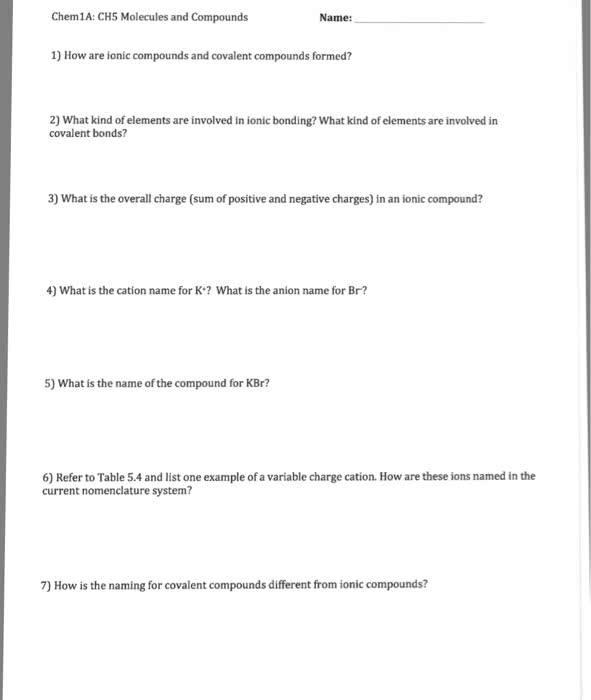CHEM1006 Lecture Notes - Lecture 22: Ionic Compound, Ionic Bonding, Oxidation State
Document Summary
In chemistry, an ionic compound is a chemical compound in which ions are held together by ionic bonds. Usually, the positively charged portion consists of metal cations and the negatively charged portion is an anion or polyatomic ion. Ionic compounds have high melting and boiling points, and they tend to be hard and brittle. Ions can be single atoms, as the sodium and chlorine in common table salt, or more complex groups such as the carbonate in calcium carbonate. To be considered an ion, they must carry a positive or negative charge. Thus, in an ionic bond, one "bonder" must have a positive charge and the other a negative one. By sticking to each other, they resolve, or partially resolve, their separate charge imbalances. Positive to positive and negative to negative ionic bonds do not occur. Most cations and anions can combine to form solid compounds that are usually known as salts.





